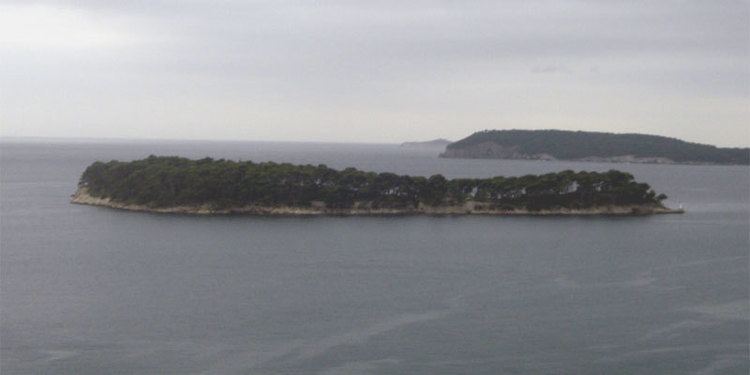Attack type Mass shootings | Coordinates 42°40′05″N 18°03′28″E | |
 | ||
Date 24 October 1944 (1944-10-24)-25 October 1944 (1944-10-25) Target Pro-Ustaše collaborationists Deaths 48 or 53 (according to various sources) | ||
The Daksa massacre, also called the Daksa executions, refers to the summary execution of either 53 or 48 men, accused of collaboration, by Yugoslav Partisans on 24–25 October 1944 during World War II on the Croatian island of Daksa, near Dubrovnik.
After the Partisans entered Dubrovnik on 18 October 1944, they arrested more than 300 citizens. 48 men suspected of being Nazi sympathizers were executed on Daksa without trial. Exhumation and DNA analysis have confirmed the identities of 18 of these, while 35 remain unknown. The Partisans later published and distributed flyers through Dubrovnik with the words: "In the name of peoples of Yugoslavia" and "Judicial Council of the Court Martial of the Command of South Dalmatian region". The flyers contained the names of 35 people killed on that date.
On 19 June 2010, the remains of the executed men were re-interred. The victims included a Catholic priest, Father Petar Perica (who composed the song "Djevo Kraljice Hrvata"), and Niko Koprivica, Dubrovnik's mayor. No one was ever tried for the executions.
